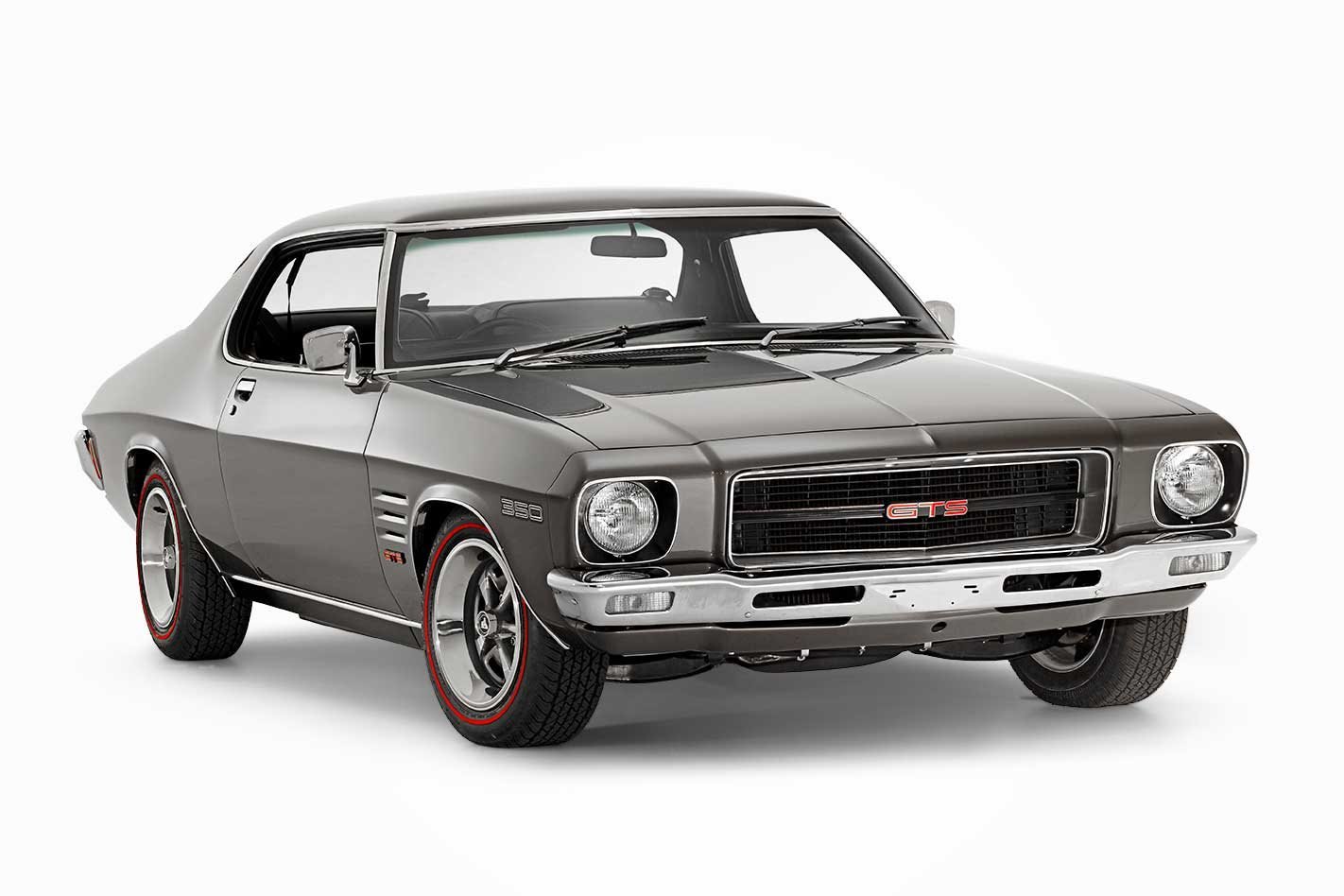Back when I was a nipper at school, even the dumb kids knew that a HQ GTS 350 was cooler than a dragster push-bike with the three-speed Sturmey-Archer rear hub (and the T-bar shifter that was guaranteed to relieve you of your agates off in a prang).
This feature was originally published in a previous MOTOR issue
There wasn’t always a lot of playground trash-talk on the subject, but we all knew the score. The Ford kids would never have admitted as much and the Valiant brats were busy trying to get out of Greek School on Saturdays, but that didn’t bother us.
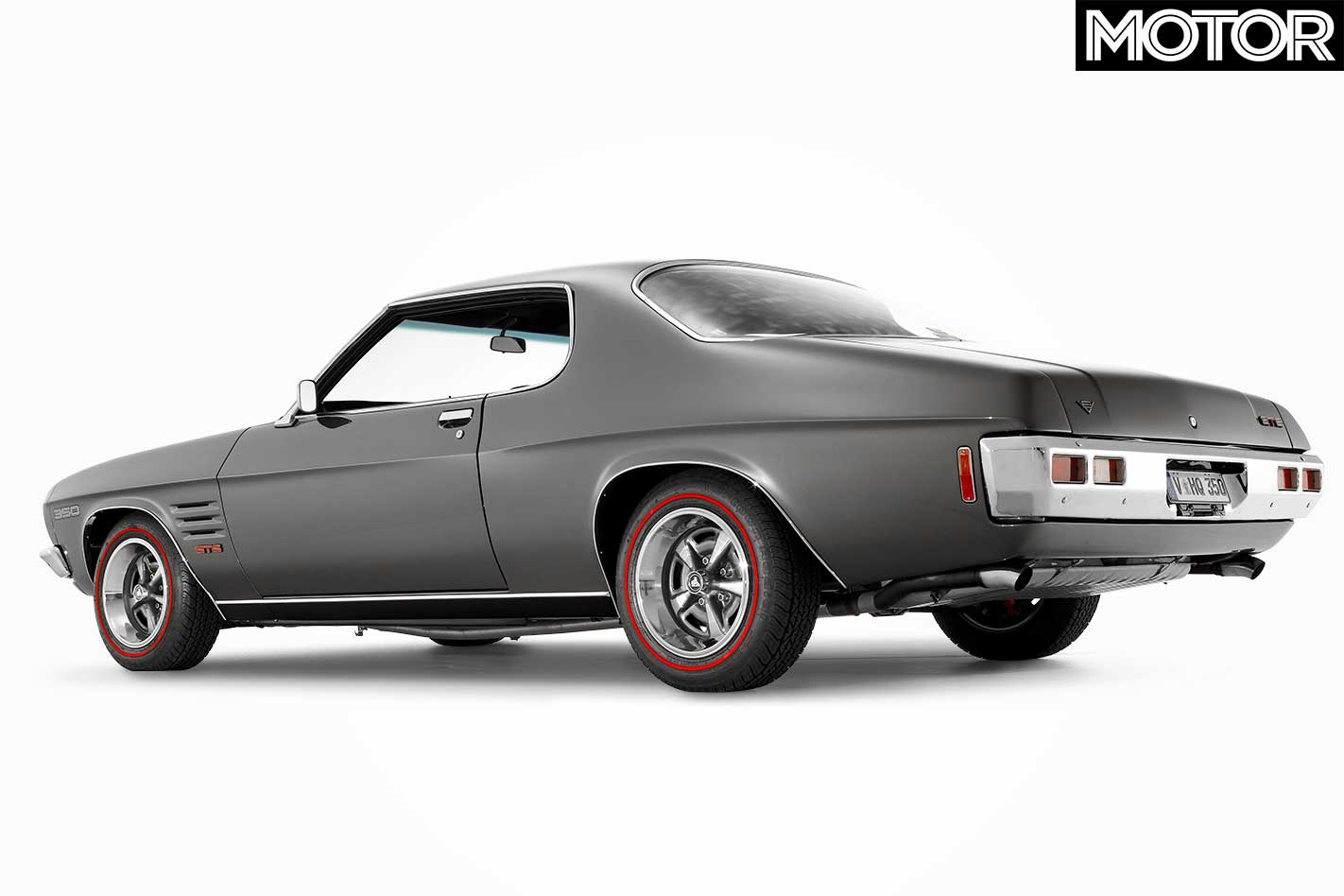
The HQ GTS wasn’t the first of the local halo models, but it sure did summon up some strong magic. Even my old man – who generally wouldn’t have known a cool car if it had run him down in the hallway at home – got it.
It’s no mistake that when the Morley family HD Special finally carked it in a pile of rust and radiator water, old dad came home the next week in a brand-spanking V8 HQ. Okay, it was a 253 with a vinyl roof, but its relationship to the GTS 350 was undisputed (as evidenced by the floor-shifted four-speed box and GTS rims).
To fully understand the impact of the GTS 350, you first need to look at what a radical thing the basic HQ was in the first place.

For a start, the HQ represented the fourth all-new Holden body in a decade and what a body it was: The thing looked long and low and while those bulging flanks looked good in the brochures, they were also a panel-beater’s worst nightmare. In fact, even today, the quality of any HQ can be judged by how smooth and ripple-free the surface is above and below that swage-line.
The engines (including the 350-cube Chev of the GTS) were pretty much carry-overs from the HG, although the six-cylinders were both enlarged (to 173 and 202 cubic-inches). More significantly, the HQ was the first full-sized Holden to ditch leaf springs at the rear, making the move to coils all round with trailing links to locate the live rear axle.
It was also the pioneer Holden in using the monocoque passenger cell with a separate front sub-frame that carried the engine and front suspension. This was aimed at better isolating noise and road shock and to make the car stronger. Ironic, then, that these separate front chassis rails were the first bits to crack after a few years on Aussie roads.
Safety also got a look in with the hand-brake moved to the outside of the driver’s seat cushion (many HQs were still bench-seat equipped) from its traditional spot under the dashboard. And the dashboard itself featured a huge crash-pad designed to reduce injuries at a time when seat-belt wearing was not as common as it is now.
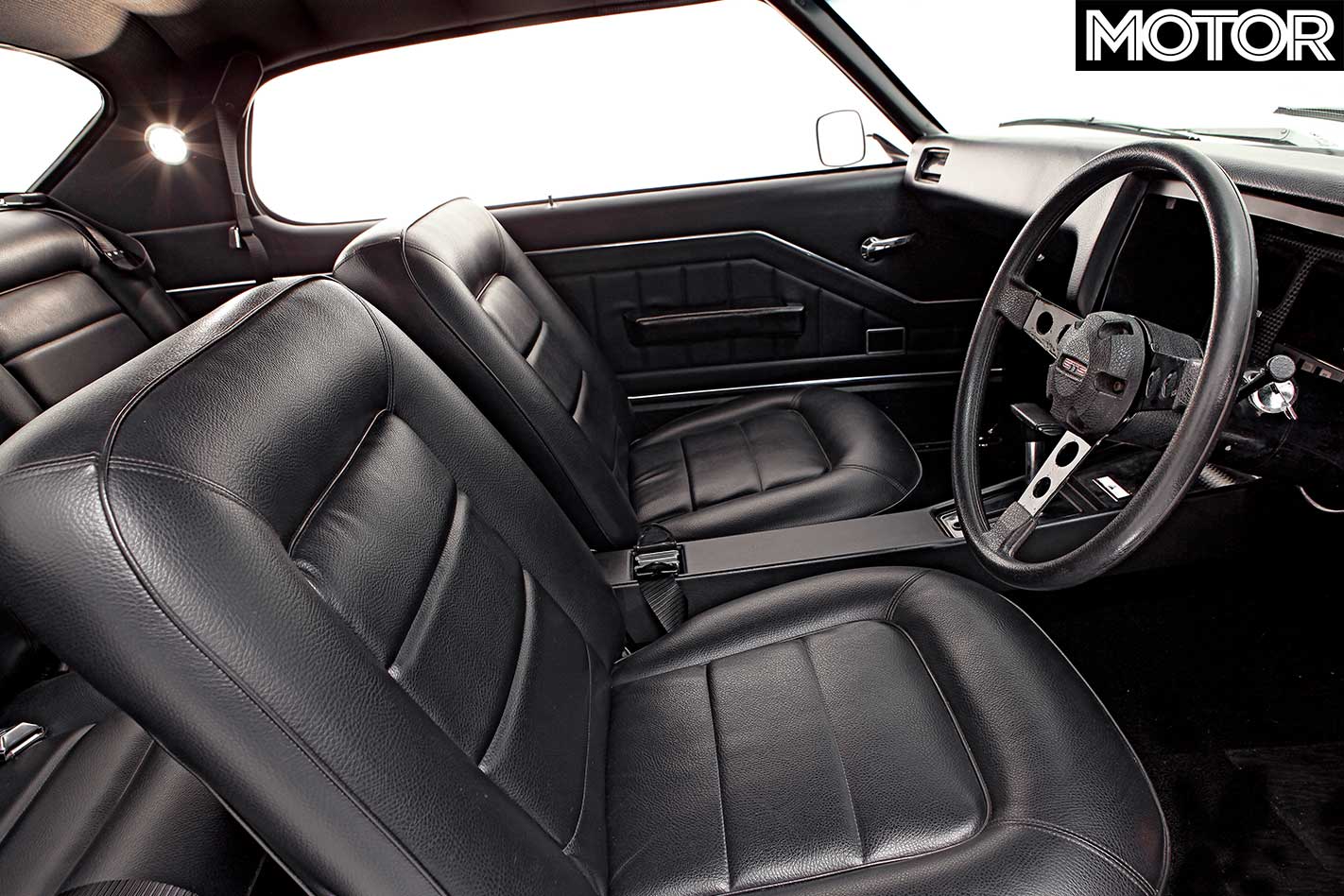
Holden was also putting more thought into the basic architecture of its cars, too, and the HQ was the first Aussie-made car to feature full flow-through ventilation.
When it came to a HQ with a bit of pizzazz, the SS was the first port of call. Based on a Belmont with a 235 engine, the SS was cheap and relatively cheerful in its array of bright colours. But if you wanted to be serious, you needed a GTS. Initially only available as a two-door Monaro, the GTS badge was extended to the four-door Monaro from 1973.
In fact, the HQ was the first four-door to carry the Monaro tag, but like all previous Monaros, it could be had in some pretty tame variations. As in, you could actually option up a base-model Monaro with a 173 six-cylinder engine and three-on-the-tree. Pee-ew. There was also a trim level called LS which amounted to a two-door Premier. But the GTS; that was a different matter.
The base-model GTS in either two or four-door form used the 253 cubic-inch motor (there was no six-pot GTS) and a four-speed manual. You could also option the Trimatic three-speed slusher. From there you moved up to the 308 V8 with the same tranny options, and then to the big-daddy; the GTS 350.
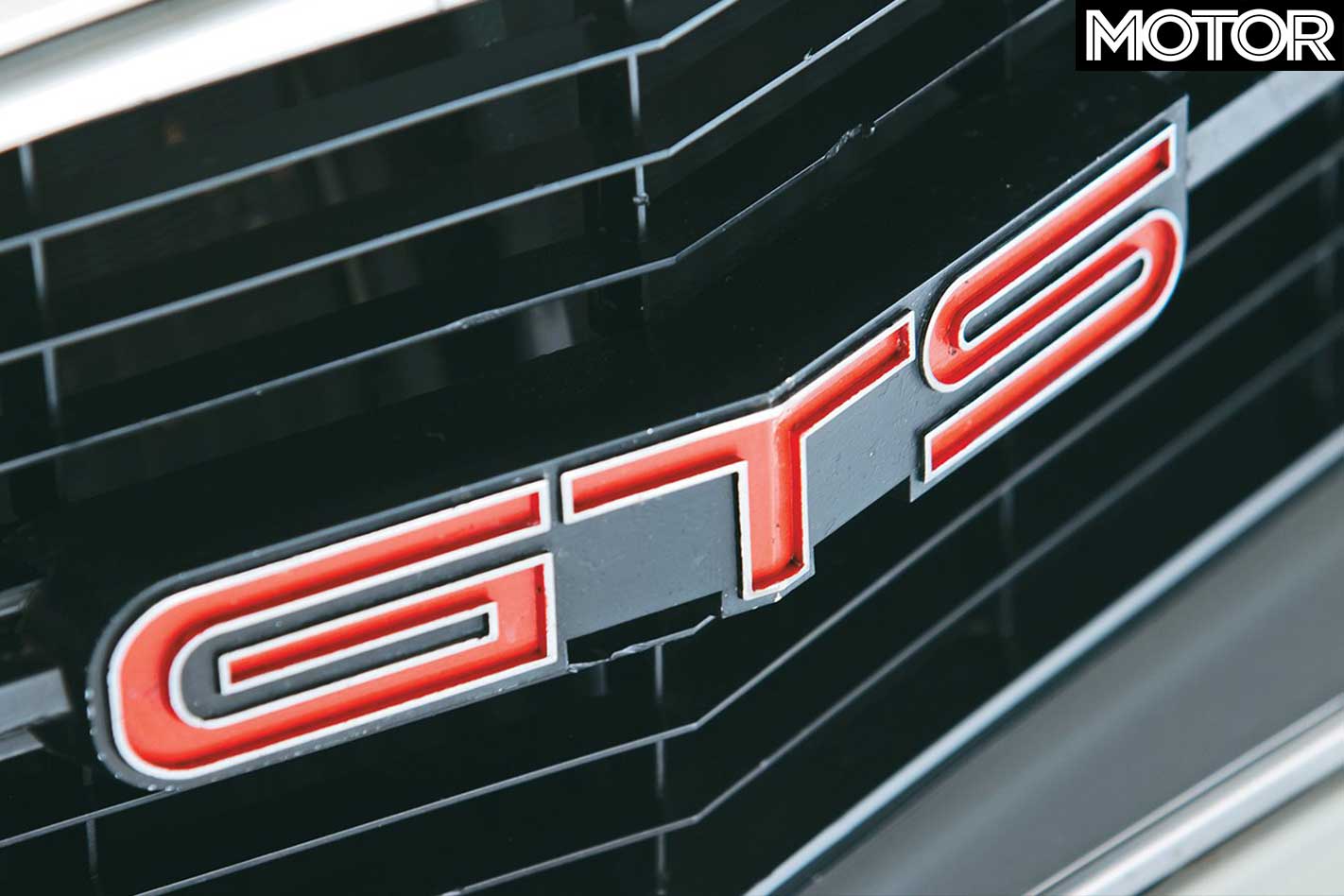
Again, the 350 could be had in two or four-door forms and in either four-speed manual or three-speed auto forms. But on 350-equipped cars, the Trimatic self-shifter was flung in favour of the tougher TH400 unit, while at the rear end, the Salisbury 10-bolt diff got a 3.08:1 final-drive ratio and a limited-slip centre.
Had the XU1 Torana never been invented and the HQ had gone on to become the Bathurst weapon of choice, the GTS 350 manual would have been the configuration that formed the basis of any homologation car. And it’s for that reason that 350-inch four-speed GTSs are the killer collectibles today.
But don’t overlook an auto; they’re actually a nicer thing to use in the burbs and they can still get out of their own way. And in some ways, the fact that the HQ Monaro didn’t have to homolgate a race-car, made it a gentler, easier-to-live-with creature.
The 5.7-litre engine, for instance, was detuned from the HG GTS 350’s 300-odd horsepower to a milder 275 (205kW) and the whole show was more civilised. Word is that the engine in the automatic version was a bit milder again to make it work better with the torque converter.
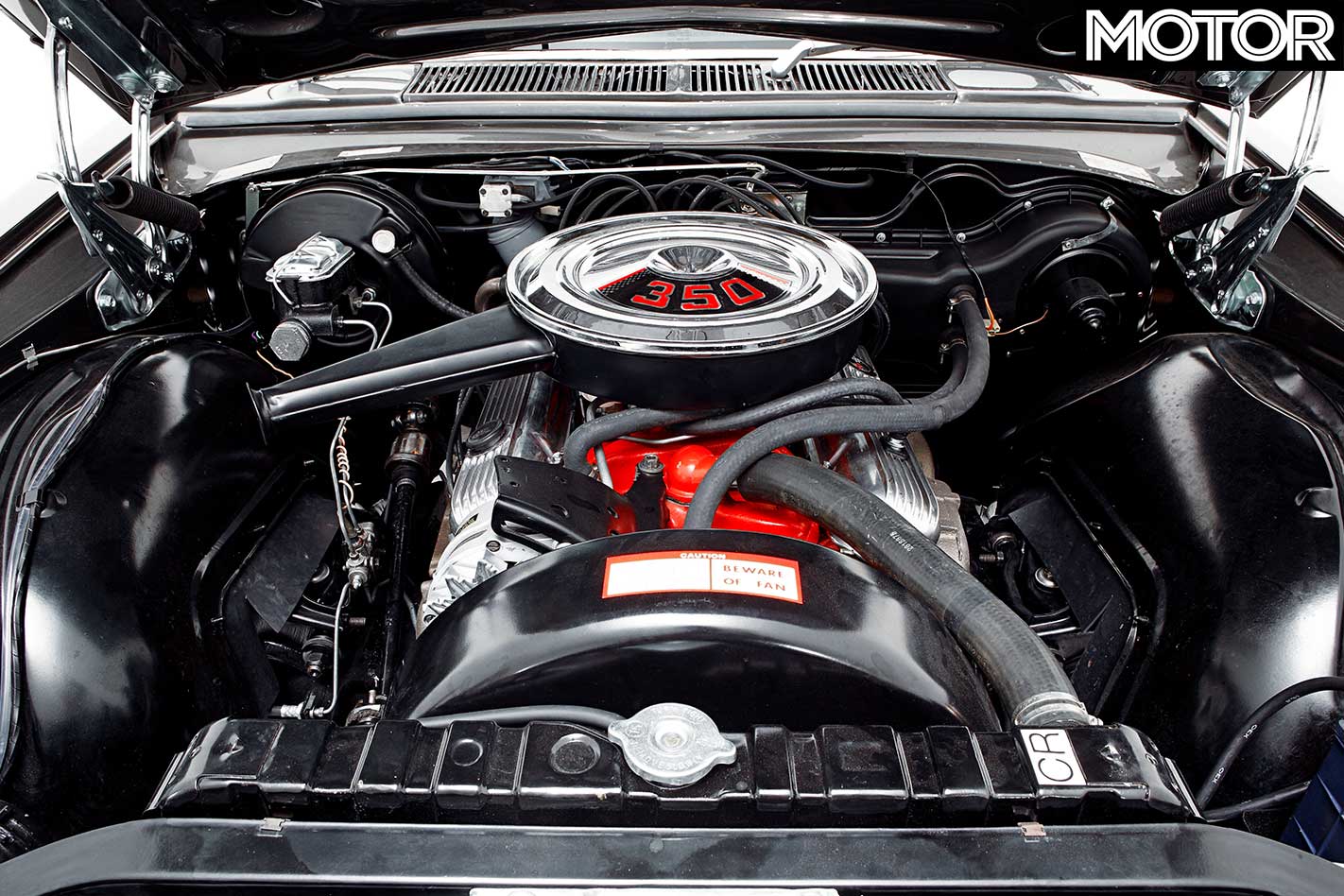
Visually, the HQ GTS is one of the better looking Holdens ever to roll off a production line. Not everybody is so sure about the balance of the two-door’s style (although those who get it are adamant it’s the pick of the bunch) while the four-door just looks great with those styled steel rims, shark-mouth grille and a bit of stance.
Interestingly, while everybody associates those mad, fat bonnet and bootlid black-outs with the GTS, they didn’t actually appear until 1973 when the four-door version was added to the line-up. Post-73 cars also lost the specific `350′ decals with only the generic HQ `V8′ script on the bootlid to warn following vehicles that they were behind something a bit special.
But without a racing program to justify the financial realities of using an imported engine (even if it was from the same family) the writing was on the wall for the GTS 350 and in October 1974 as the HQ itself was replaced by the flawed HJ model, the 350 engine option simply disappeared from price-lists.
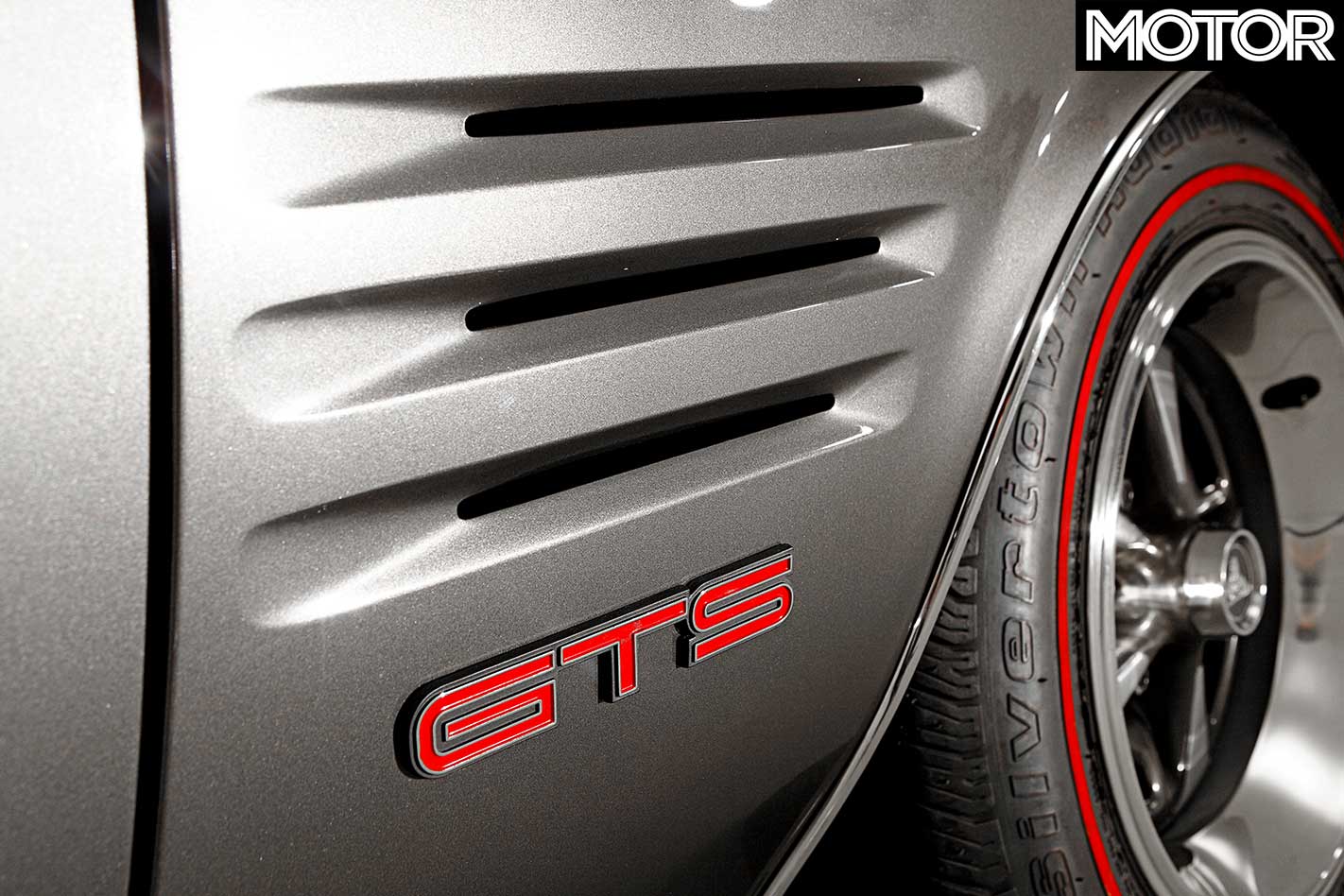
Driving a HQ GTS 350 might be a bit of a let down to those raised on more modern tackle. See, like a lot of hero cars from the past, they’re not actually THAT fast. And the HQ’s job is made all the more difficult by the fact that, even in the day, it wasn’t the road burner that an E49 Charger or GT-HO Falcon was.
But it does have road presence and, let’s face it, if you want to go fast in 2011, you can save a lot of money and buy a Polo GTi with a warranty and air-con that works.
Inside, the GTS is a treat with houndstooth seat inserts, the highly prized GTS dashboard cluster with extra gauges and one of the best looking three-spoke steering wheels you’ll ever see (most of which broke where the rim joins the spokes).
The suspension will feel a bit soft compared with some other cars from the same point in time, and the steering will load up in corners if it’s the manual type and wander all over the road if it’s the assisted variety.
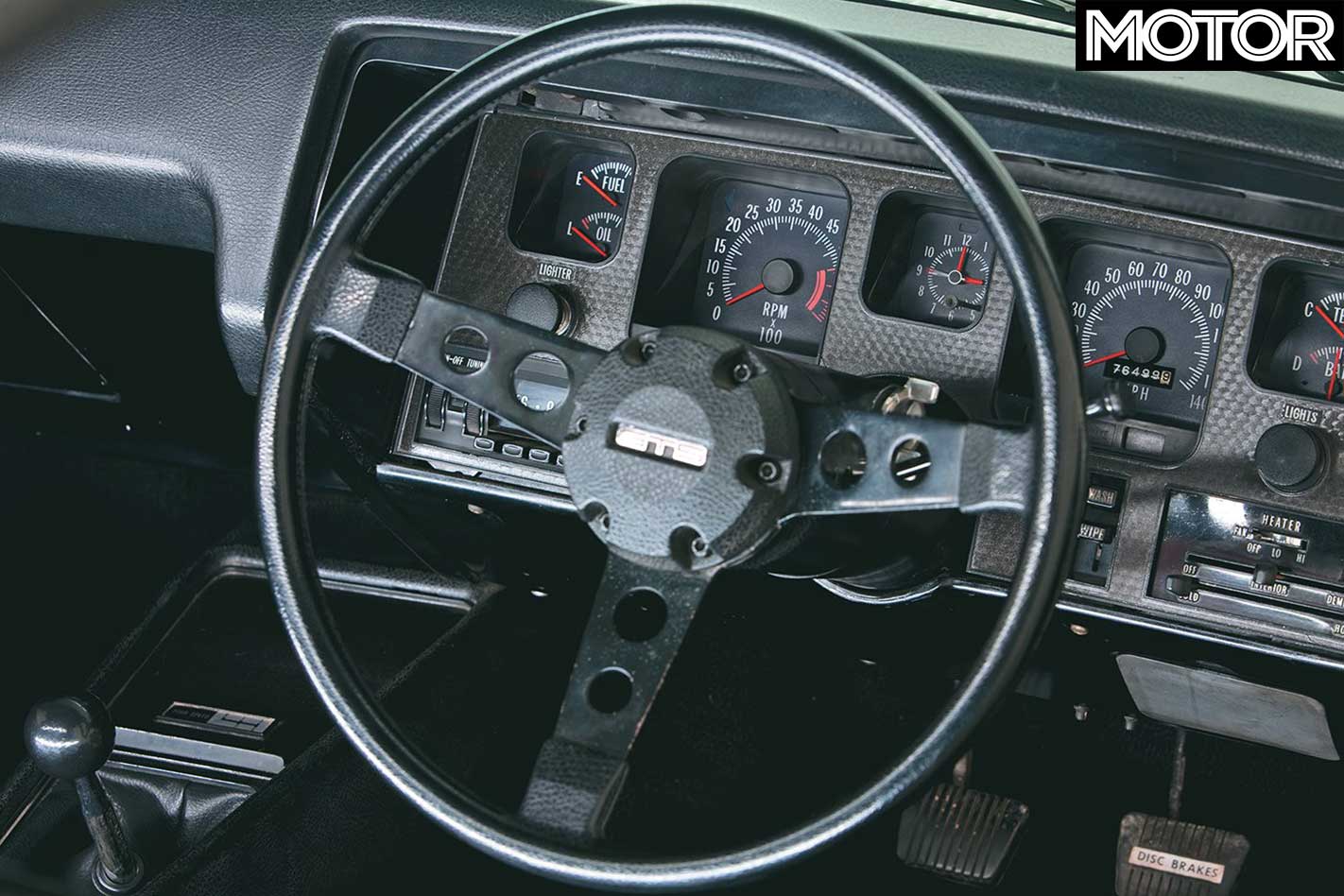
The brakes are disc-front/drum-rears and while they’re nothing to write home about, they’re not really any worse than the anchors on any local contemporary of the GTS.
The problem with a GTS 350 (and the same thing afflicts most collectible old muscle cars now) is that it’s just too darn precious to fiddle with. The inherent value in these jiggers is all down to their rarity and reputation, so keeping it true to all that is the secret.
Probably the best HQ Holden you could own now would be one with a rear-disc conversion, upgraded suspension, a T5 manual and a bunch-o-bananas injected 304-cube engine. And anybody who performed such surgery on a GTS 350 would definitely wind up with a better driver’s car…just moments before the purists shot them dead.
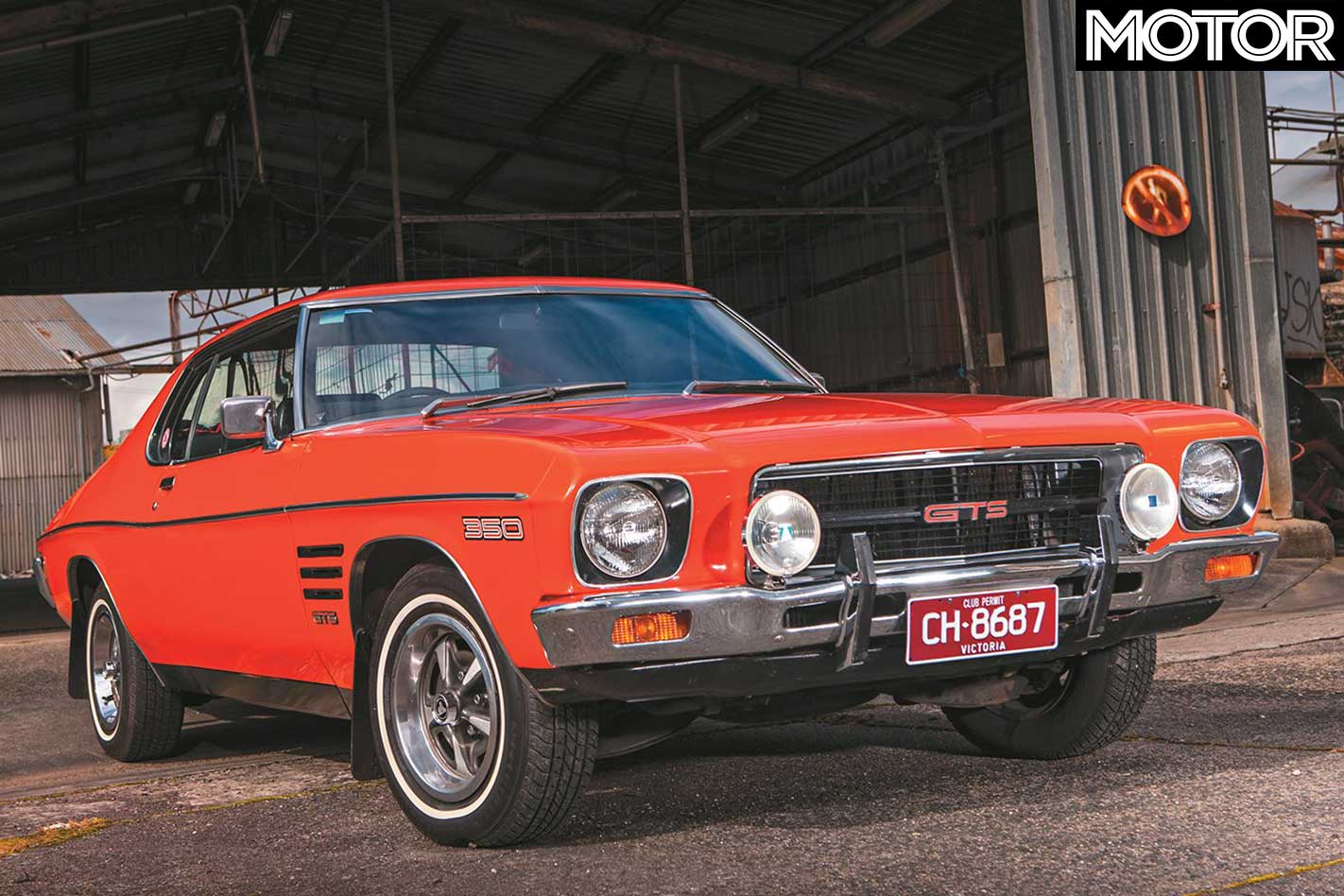
Pros – Not as race-proven as the opposition, so not as expensive to buy – HQs – even GTS 350s – are beautifully simple. Easy to keep running – Will always be worth a bob – Classic 70s cool – Last of the 350-cubers
Cons – Good ones are getting scarce – Watch out for fakes – Will never have the cachet of a GT-HO – Some trim bits very difficult to find – There are sportier cars to drive

